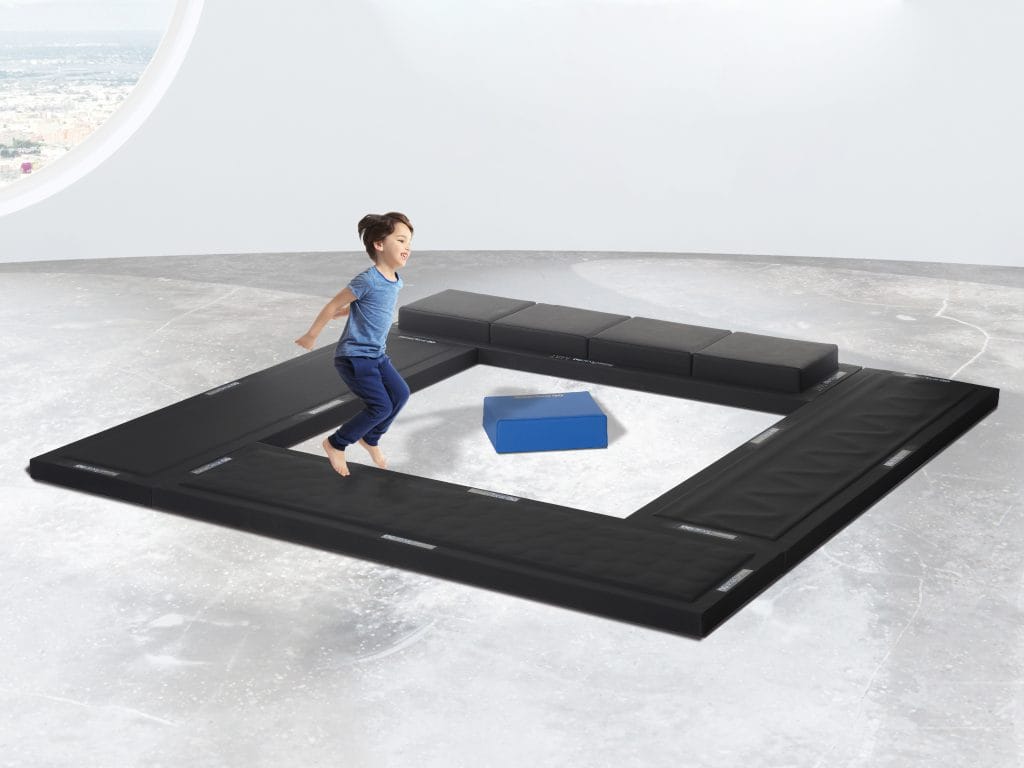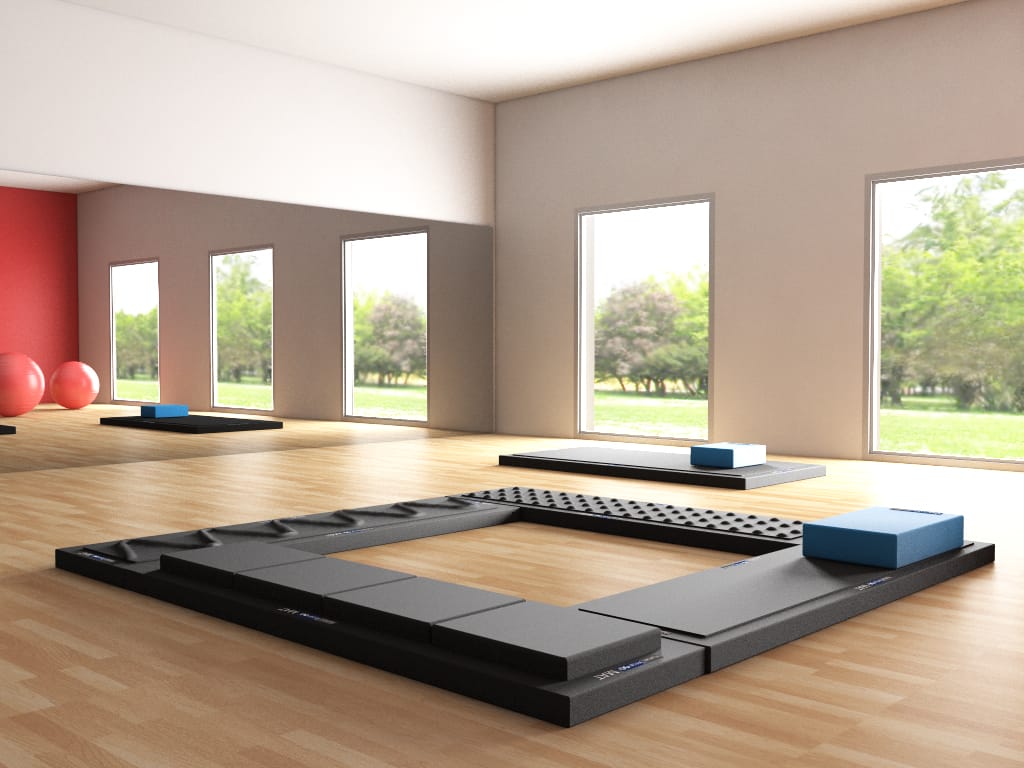What is Proprioception?
Proprioception is the body’s ability to sense its position and movement in space. Sometimes called the “sixth sense,” it relies on sensory receptors in the muscles, joints, and skin to provide constant feedback to the brain. This system, often seen as proprioception: a hidden key in neurodevelopment and neurological rehabilitation, helps us balance, coordinate, and move safely without consciously thinking about it.
For many people with neurological conditions or developmental challenges, proprioception does not function as effectively. The result may be clumsiness, poor coordination, difficulty with fine motor tasks, or problems with balance and posture.
Why Proprioceptive Training Matters in SEND and Neurological Conditions
Children with SEND
Research shows that children with conditions such as autism spectrum disorder (ASD), developmental coordination disorder (DCD), and cerebral palsy often demonstrate proprioceptive processing difficulties. Enhancing sensory feedback can support better body awareness, smoother movement, and improved participation in everyday activities.

Adults with Neurological Diagnoses
After stroke, in Parkinson’s disease, or in multiple sclerosis, impaired proprioception can limit mobility and independence. Structured training targeting proprioceptive pathways has been shown to improve gait, stability, and functional outcomes.
Recent Evidence
Neurological Rehabilitation
A 2021 systematic review highlighted that proprioceptive training significantly improved balance and mobility in adults after stroke and in people with neurodegenerative disorders. Improvements were strongest when training was integrated into multi-sensory exercise programs (SciRehab, 2021).
Autism and Sensory Processing
A 2022 review found that targeted proprioceptive activities (such as barefoot exercises, deep pressure, and balance tasks) improved postural control and reduced maladaptive sensory responses in children with autism spectrum disorder (PMID: 40481216, 2022).
Cerebral Palsy and Developmental Disorders
Clinical studies suggest proprioceptive interventions in children with cerebral palsy enhance gait symmetry and motor function, especially when combined with physiotherapy or occupational therapy (Frontiers in Neurology, 2022).
Parkinson’s Disease
Trials in Parkinson’s patients show proprioceptive cueing and surface-based training can improve step initiation, reduce freezing episodes, and increase confidence in mobility (Phys Med, 2024).

Practical Implications
For children with SEND, incorporating textured surfaces, balance challenges, or barefoot play into therapy sessions can stimulate sensory receptors and improve motor planning.
For adults with neurological conditions, proprioceptive training provides an accessible, non-invasive intervention to complement physiotherapy, supporting independence in walking, standing, and daily tasks.
Across both groups, interventions are most effective when delivered consistently and progressively, with adaptations made to individual tolerance and ability.
Key Takeaway
Proprioception underpins every movement we make, yet it is often overlooked in rehabilitation and developmental support. Recent research confirms that structured proprioceptive training can improve balance, coordination, and functional independence in both children with SEND and adults with neurological diagnoses.
By making proprioception a priority in therapy, clinicians and carers can unlock better outcomes in motor control, confidence, and quality of life.
Learn more about HumanTecar® proprioceptive surfaces https://www.med7.co.uk/humantecar-mat/
